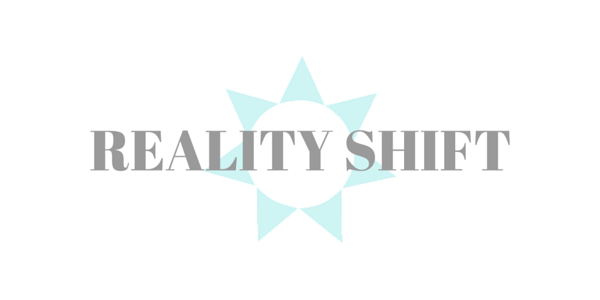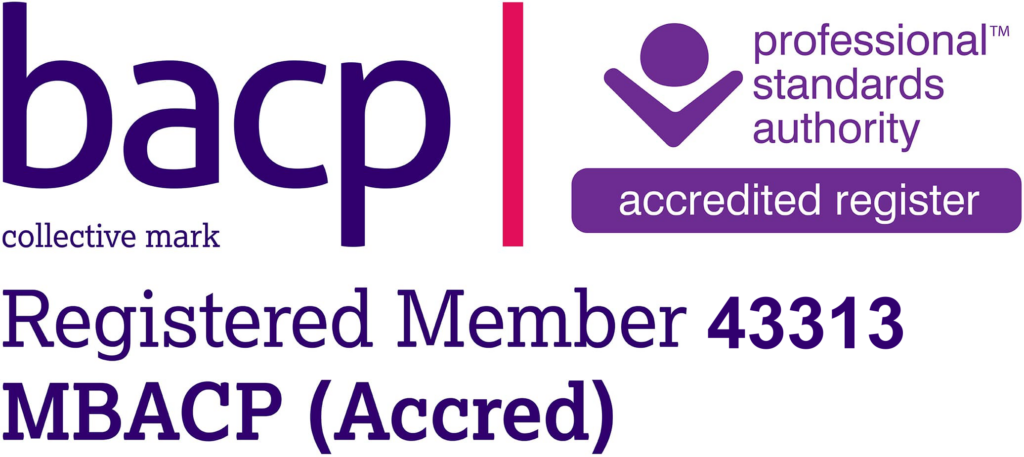
Last weekend, a friend gave me a ‘prayer stick’ – though she preferred to call it a ‘hope stick’. It’s a piece of wood, found on a walk and decorated with coloured wool and beads. While she decorated the stick, my friend ‘infused’ it with dreams of happiness, wishes for success, and hopes for the community and the world. It reminded me how important hope is in counselling.
The prayers or hopes are said to fly out from the hope stick, in much the same way as Tibetan prayer flags spread goodwill and compassion when they flutter in the breeze. In good faith, I ‘planted’ my hope stick in a community garden near where I live. From there it could share its positivity with everyone. After all, our world is in real need of all the help it can get.
The same friend sent me a picture of ‘Hope’, as imagined by the Victorian artist George Frederic Watts. It’s a beautiful picture, but a strange one. Hope is depicted as a blind woman sitting on the globe. She is trying to play a lyre, but the instrument has only one string left.
At first glance, it might easily be a picture of Despair. And yet it is – apparently – a favourite painting for Barack Obama. He heard of the painting in a sermon by the controversial preacher Rev Jeremiah Wright. Wright said that, “Her clothes are tattered as though she had been a victim of Hiroshima… [yet] the woman had the audacity to hope.” Obama liked that idea so much that he used the phrase, ‘the audacity to hope’, as the title for a book.
Hope and Results
We all need the audacity to hope, especially when times are dark and the future looks grim. Hope may appear to be unrealistic, mere make-believe or pie-in -the-sky. However, it’s been linked by researchers, with increased likelihood of positive outcomes. Unlike wishing, which may be ungrounded and disconnected from reality, hope is focused. It looks towards particular aims and goals.
When we aim at brighter future that isn’t generalised but specific, our positivity and willpower grow. If we keep on hoping in this way, eventually we take action towards our goals. Obviously hope alone can’t guarantee our success, but it does set us up in the right direction.
According to the psychologist Rick Snyder, hopeful people score high in two types of thinking. The first is ‘agency thinking’, in which someone believes themselves capable of success and at least partially in control of future outcomes. They feel empowered. The second type of thinking is ‘pathways thinking’. When the hopeful individual experiences a setback, they are able and inspired to think of alternate pathways or routes to achievement. They become resourceful.
So hope helps people create results. When John Maltby, a psychologist at Leicester University, followed students over three years, he found that the more hopeful students achieved greater academic success. According to Maltby, the personal quality of hope was a better indication of academic achievement, than either intelligence, personality or past academic record.
Hope in Counselling
But hope is not just important in achieving goals. It’s also a key ingredient in successful counselling. Though the amount of hope that a counselling client feels may be small, or virtually undetectable, yet some hope must exist in order to take the step of starting therapy. Even if they don’t believe in their own ability to change things for the better, they can believe in the counsellor, or the counselling process.
Hope gets us to open up – to life, to possibilities, or to another person – the counsellor – and to the process of counselling itself. Opening up is important because it’s the opposite of what we do when we are depressed. Depression leads to shutting down, turning away from people and life, closing the curtains and staying in bed. But opening up begins a movement out of stuckness, out of separateness and out of despair, towards change, connection and a brighter future.
Though Nelson Mandela went through 27 years in prison, yet he stayed strong and sane. He attributed his mental survival to his attitude; “I am fundamentally an optimist. Whether that comes from nature or nurture, I cannot say. Part of being optimistic is keeping one’s head pointed toward the sun, one’s feet moving forward. There were many dark moments when my faith in humanity was sorely tested, but I would not and could not give myself up to despair.’
On the wall of his cell in Robben Island, Mandela apparently had a copy of a painting. It was George Watts’ ‘Hope’, the blind woman sitting on the globe, trying to play her one-stringed lute. Her mental attitude inspired Mandela. Though circumstances might lead her to despair, but Hope refuses to give up. Despite the odds, she dreams of brighter days to come.
If the idea of counselling inspires you with hope, please get in touch.


